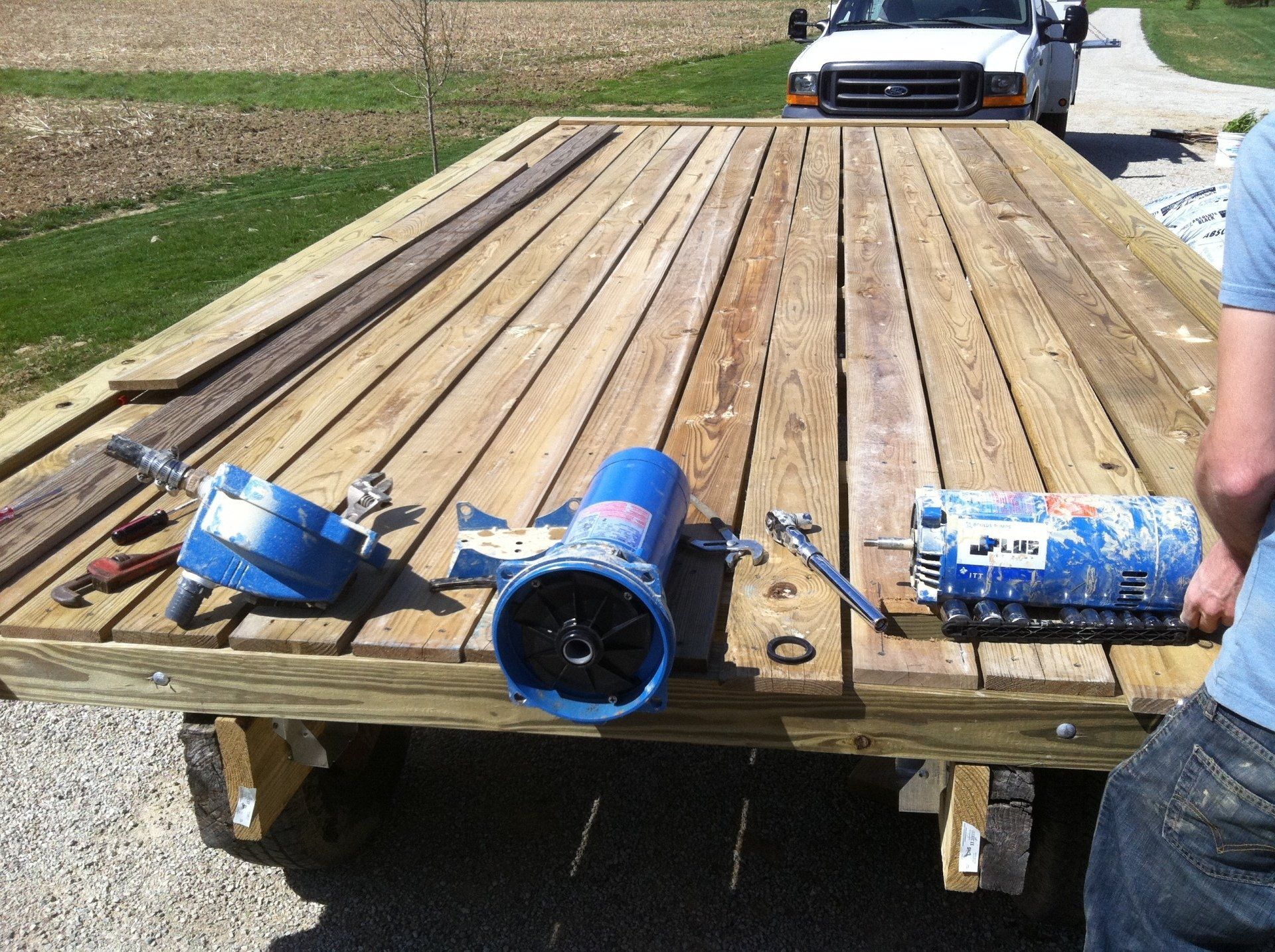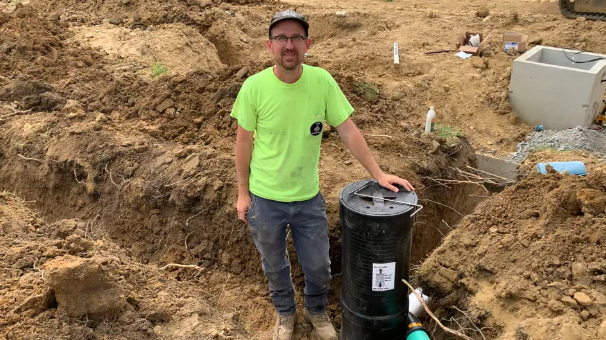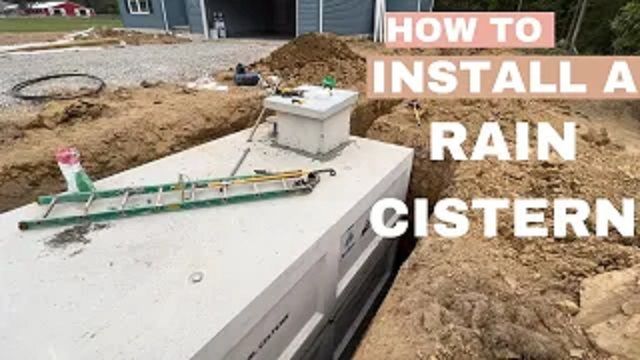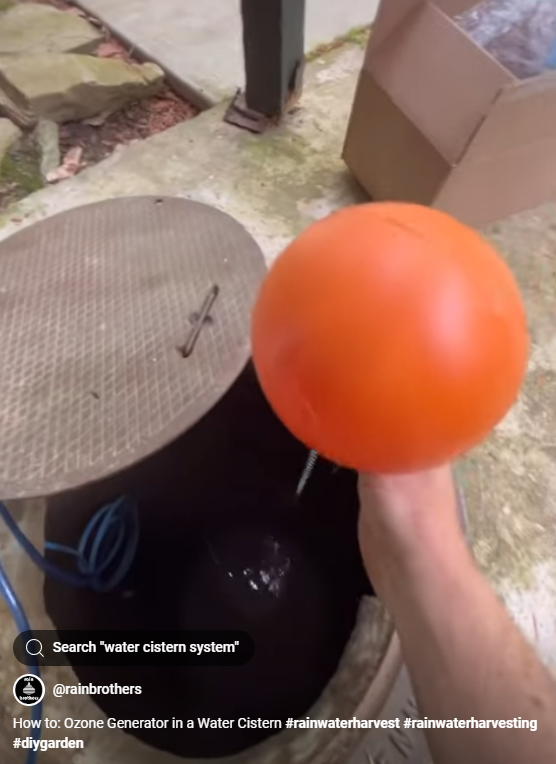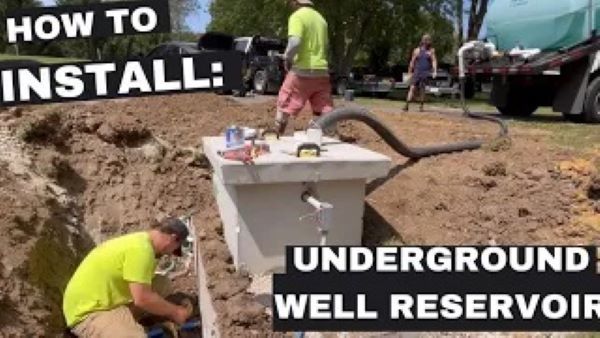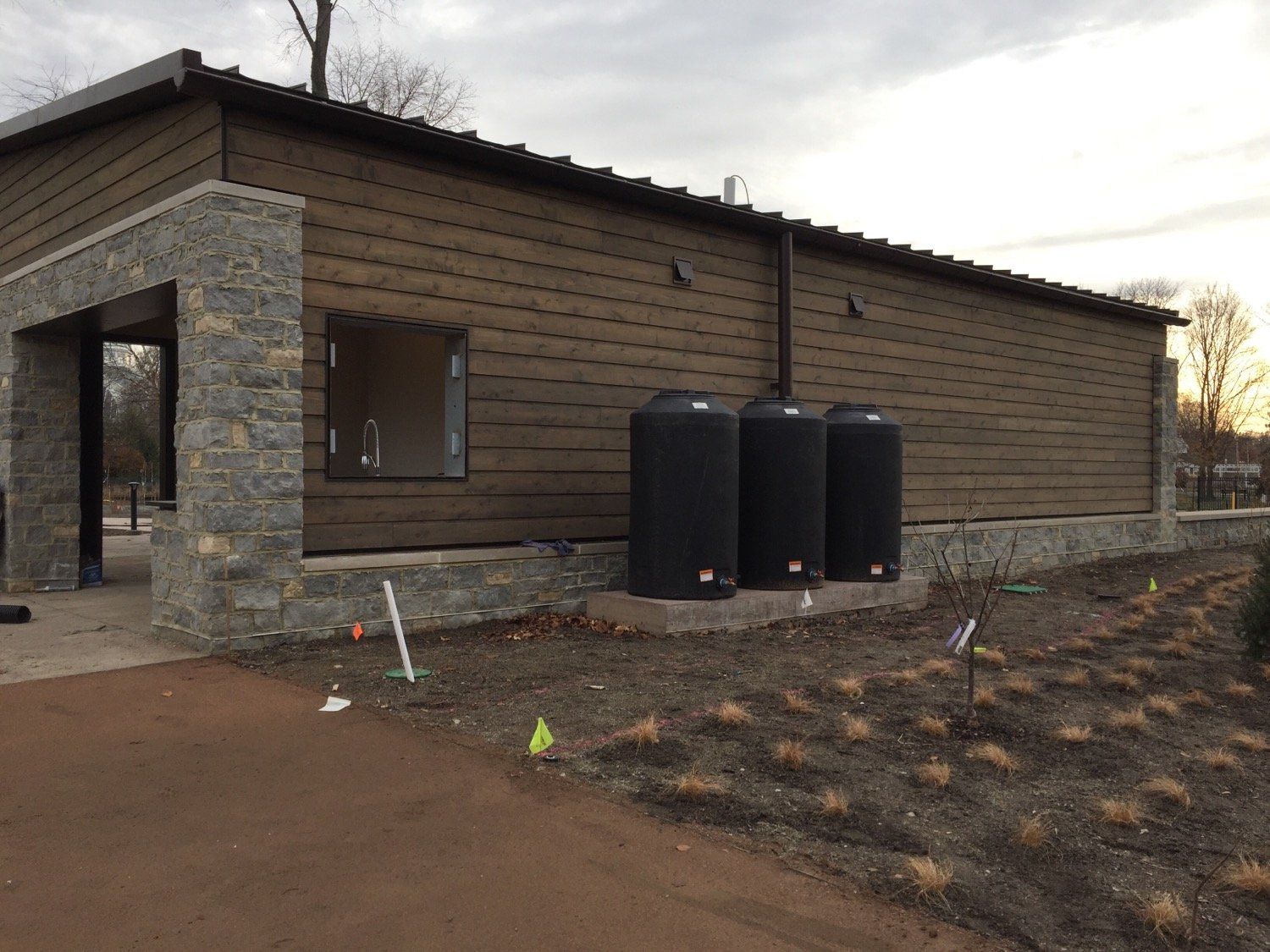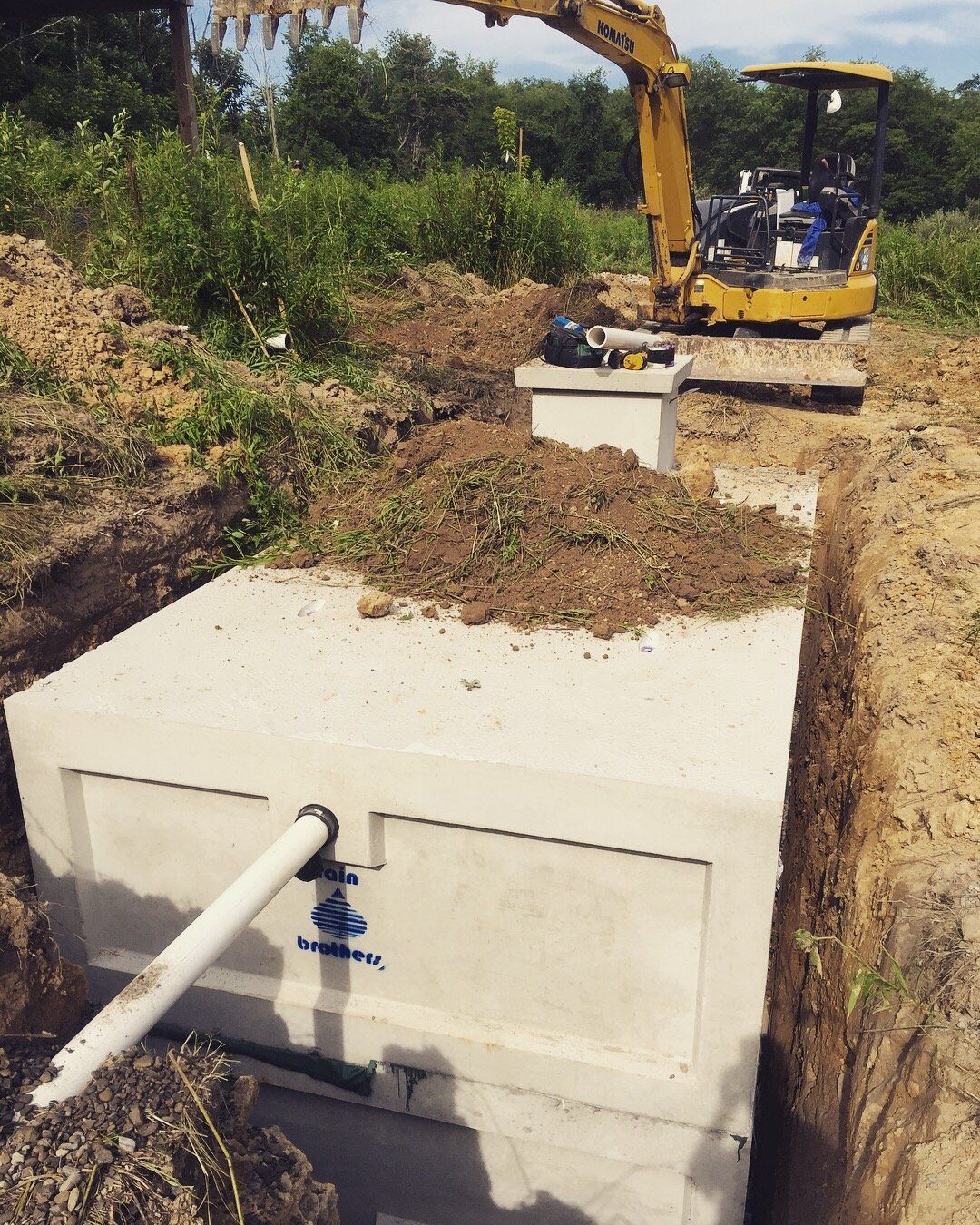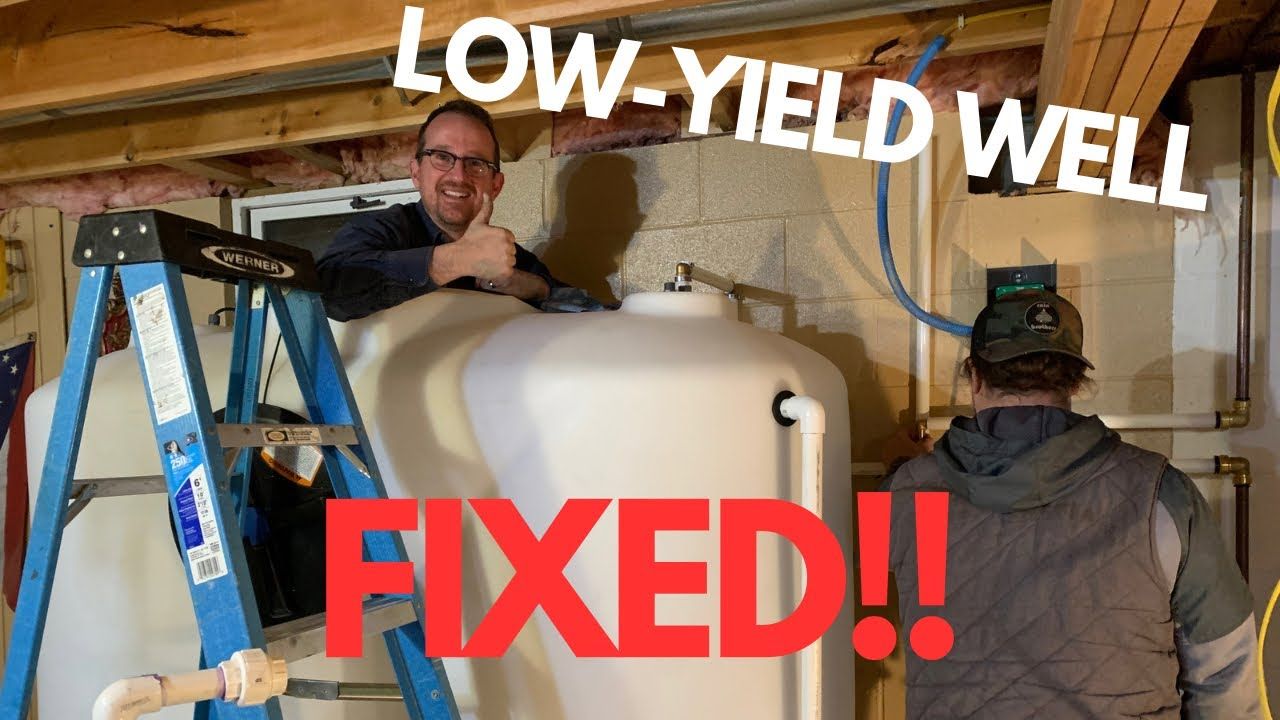How to Prevent Your Pump From Burning Up
Electric pumps are a beautiful thing. My great-grandfather and grandpa would spend days in South Dakota installing a single windmill pump for a water well. Now, it usually takes us an hour at the most to install an electric well/cistern pump... all with flow/pressure results that are much more reliable and impressive than my great-grandfather could've ever imagined.
Yet, as great as they are, electric pumps can be a headache (at best) if and when they burn up. A quality electric pump should last upwards of 15 years of continual household use. There are certain precautions you can take to ensure that your pump lives out its fullest potential.
First, why does a pump burn up? Typically, pumps die on us because they ran dry. In other words, the cistern or well ran out of water, but the pump kept running... and running... and running. Pumps are designed so that incoming water, as it passes through the pump body and the impellers, acts as a cooling agent to keep the pump's electric motor cool. Without water, the motor runs hot, and as it heats up, impellers start to warp, bearings start to give, and the motor starts to seize.
The best way to prevent your pump from burning up, then, is to prevent it from ever running dry (and, by the way, this tutorial is true for both above-ground jet pumps and submersible pumps). There are a few different ways of accomplishing this:
1) A Normally-Open Float Switch - A float switch is just what it sounds like: a floating switch. Picture a light switch that rides the water level. When the water level is high, the switch is up and the power is on. When the water level is low, the float switch drops down and turns the power off. There are two types of float switches: Normally closed and normally open. One turns the power off when the water level is down (normally open) and open turns power on when the water level is down (normally closed... generally used to turn on a light to warn of low water level). If you want to absolutely guarantee that your pump will never run dry, interrupt your pump's power supply with a normally open float switch and set the switch so that it turns the switch "off" when the water level is still just above your pump's intake. (By the way, we carry a pump that has a built-in float switch).
2) A Low-Pressure Cut-Off Pressure Switch - A pressure switch is the most popular method for controlling a pump (automatically turning it on and off). There is an alternative pressure switch – one that has a toggle-switch on the side that is influenced by low pressure situations. Specifically, when the water pressure dips below 12 PSI, the toggle switch disconnects the pump's circuit and shuts the pump off. 12 PSI is significant because a functioning water pump (one that is appropriately sized) does not just dip down to 12 PSI unless something else is going on – and, often times, we can assume that "what's going on" is that the pump has started to draw air into its line and is therefore struggling to build pressure. Installing a low-pressure cut-off switch definitely does a great job at saving pumps (especially above-ground jet pumps). However, it also does a great job at being a bit of a hassle for the homeowner, mainly due to the fact that, in order to get your pump running again, you have to manually pull up on the toggle switch and hold it until your pump builds up pressure again. However, if you're looking for a cheap and easy pump-saving solution, a low-pressure cut-off switch may be just your ticket.
3) A Pumpsaver – Pumpsavers are electronic sensors that detect amperage draws. When a pump draws air (i.e., when the tank is low), a pump pulls lower than normal amperage. A pumpsaver will detect that differential, and will go through a shutdown mode of the pump circuit. The pumpsaver will continue to re-test the circuit at the preset cycle period (an adjustment on the device allows this cycle period to be between 2 and 225 minutes). If a low amp draw continues, the pump continues to be shut down until normal operating power occurs again. Pumpsavers are excellent products and definitely do a great job at protecting pumps. They are also a great product for low-producing wells -- specifically, in having the low-producing well pump into a reservoir tank to draw from the tank instead of the well. In terms of price, this is the most expensive option for pump protection.
Thanks for reading!

Links
Contact
937-949-1100
- Call or Text
catchingtherain@gmail.com
Cistern Living Community
Do you have a question about living with a cistern? We’re here to help! Join CisternLiving.com, sponsored by Rainbrothers, to connect with experts and a community of cistern owners. Your question could help others—sign up today and be part of the conversation!
Cistern Cleaning & Sealing Services
We provide professional cistern cleaning and sealing services within a 120-mile radius of Yellow Springs, Ohio, covering the following counties:
Butler, Champaign, Clark, Clermont, Clinton, Darke, Delaware, Fayette, Franklin, Greene, Highland, Madison, Miami, Montgomery, Pickaway, Preble, Ross, Shelby, Union, Warren.
Contact us today for reliable and professional cistern maintenance services!
Rainwater Harvesting Cisterns & Systems for Low-Yield, Low-Producing Wells
All Rights Reserved | Rain Brothers LLC

